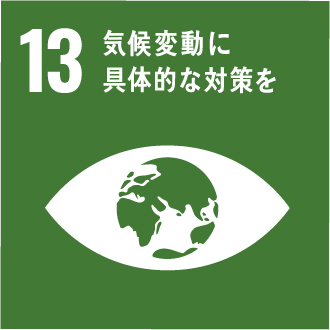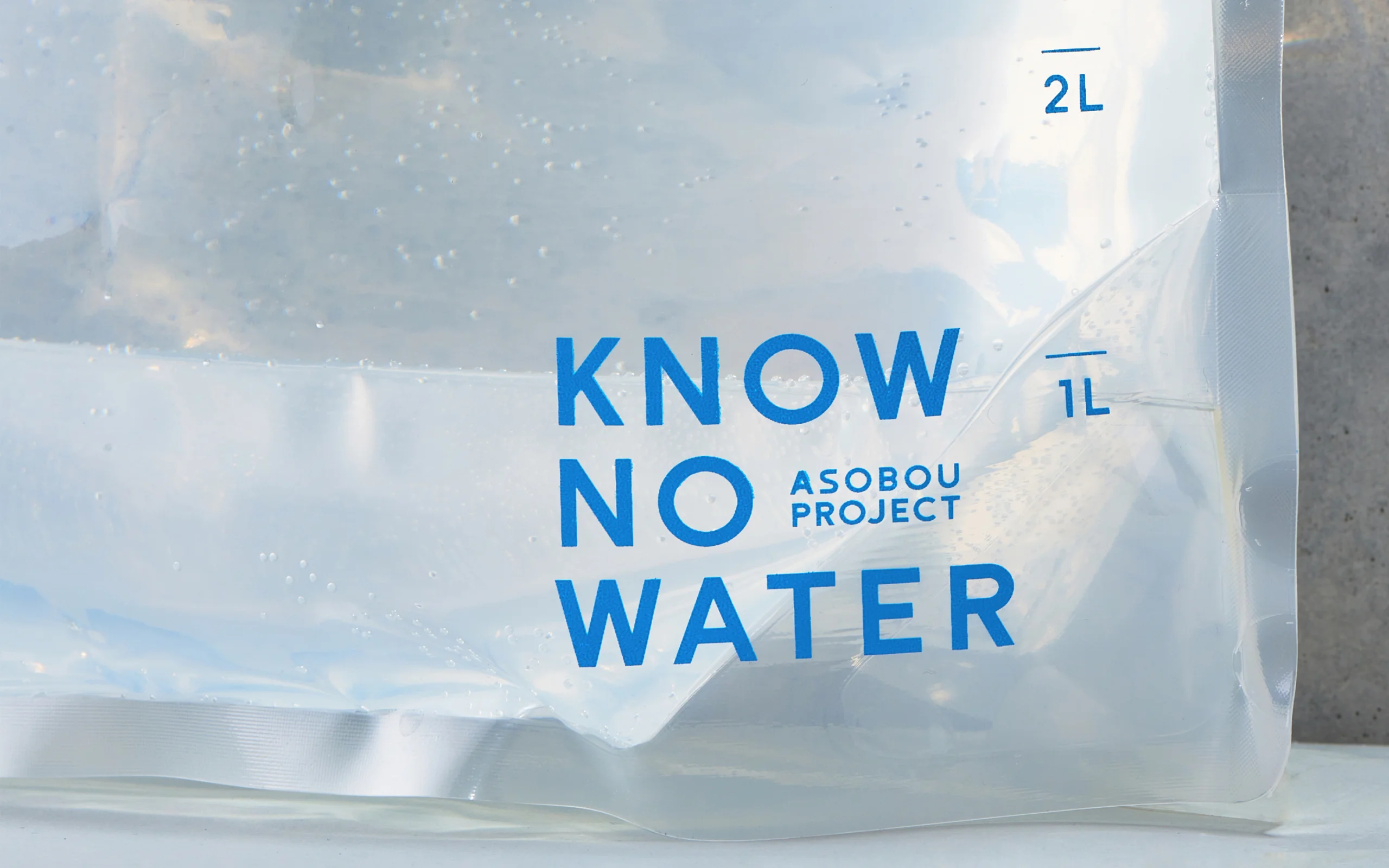
PROJECT
PLAY-BOU!
Supported NHK program team—including Great East Japan Earthquake survivors—in evolving disaster drills. Created four innovative disaster preparedness training contents.
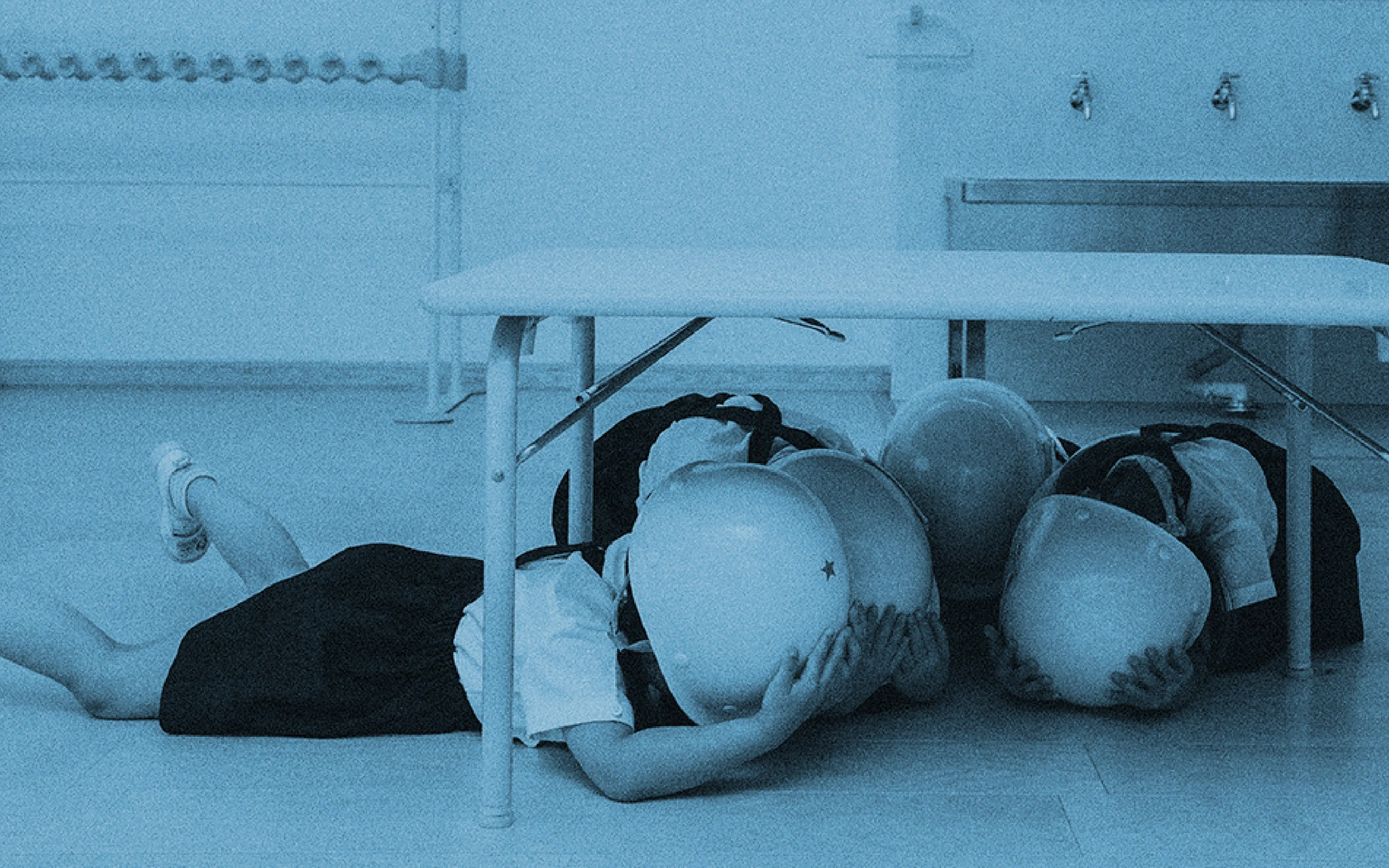
WHY
Are current disaster response drills actually effective when disaster strikes?
The Great East Japan Earthquake that occurred on March 11, 2011 caused tremendous damage across the Tohoku region. Countless precious lives were lost, and among the survivors were those who felt helpless and found themselves questioning how to go on after being saved. As children, we are taught in school through earthquake drills how to hide under desks in the event of an earthquake and to evacuate to an open space once the shaking stops. However, despite repeated drills, victims of the earthquake have said that none of it really helped when they were faced with the real thing.
For those of us living in the disaster-prone country of Japan, what kind of disaster preparation drills and training are needed so that we may safely and calmly evacuate in the event of a disaster and continue living our lives with as much peace of mind as possible?

HOW
Transforming boring disaster preparation drills into fun games.
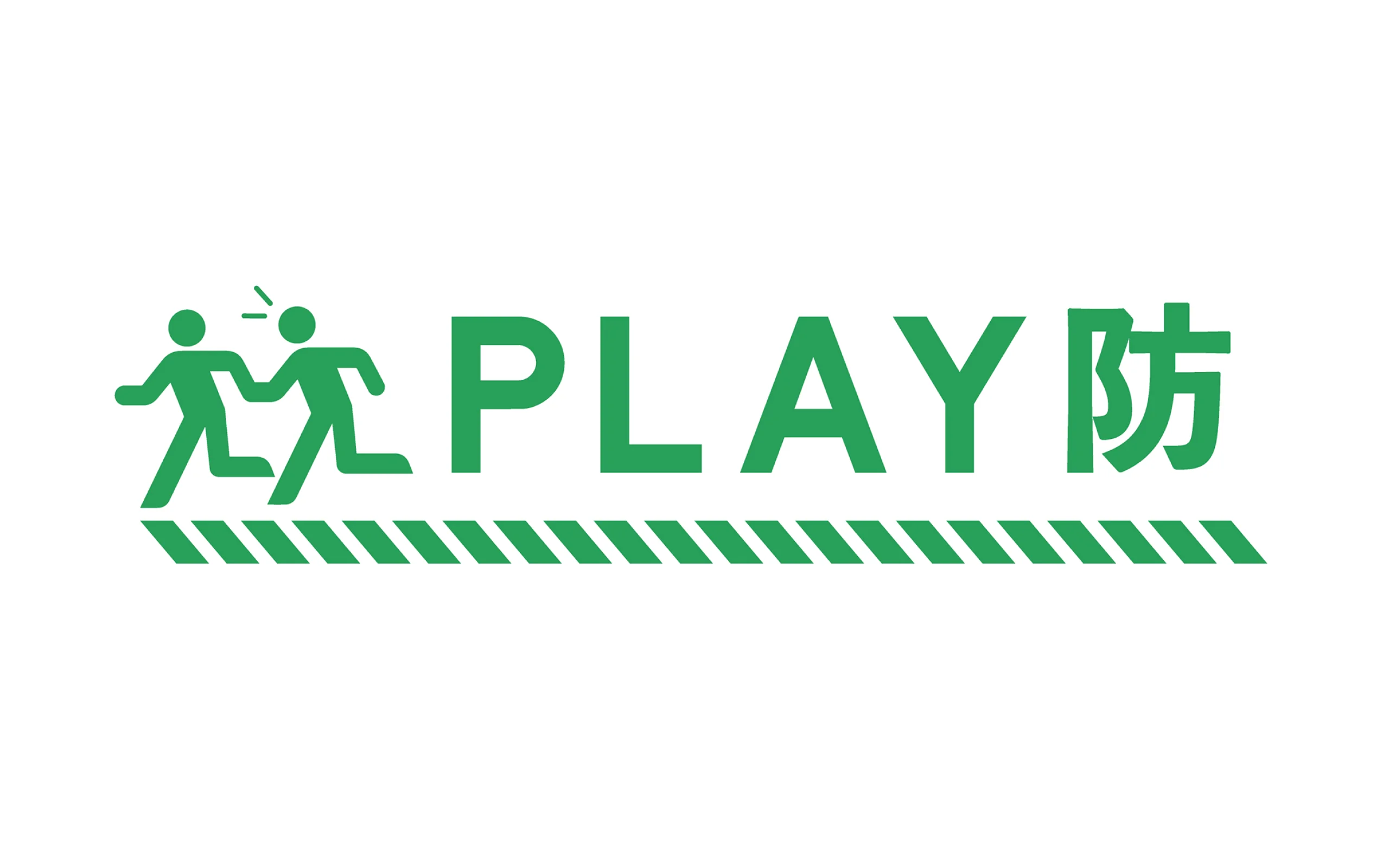
The NHK television program,
In order to ensure that today’s junior high school students have the adequate disaster response knowledge needed to take appropriate action in the event of a natural disaster, drills and training must be evolved. To this end, Tachikawa provided creative educational programs using Evolution Thinking for young people who are not accustomed to individual expression, and supported them in developing ideas, designing concepts, and creating contents.
Based on their own experiences, members decided that their mission would be to evolve disaster preparation drills and training to make them more fun and more useful. With the concept of transforming such drills from “something we are forced to do” to “something we enjoy doing,” this project was named “PLAY-BOU!” which combines the Japanese words for “play” and “prevention.” After about a year of work, four completely new disaster response training contents were created, and NOSIGNER designed the project’s logo as well as some of the programs.
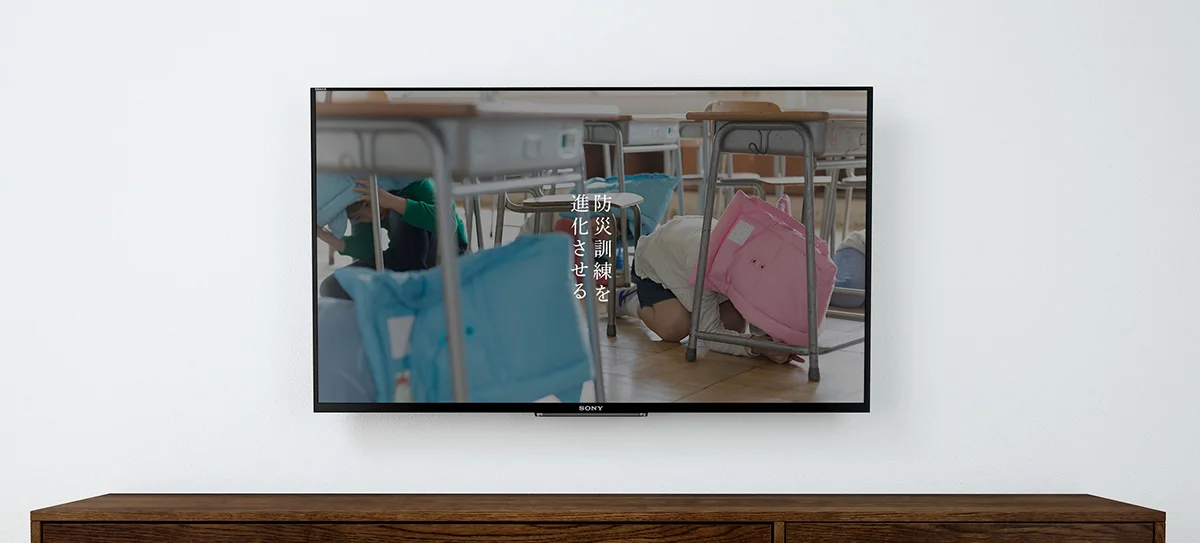
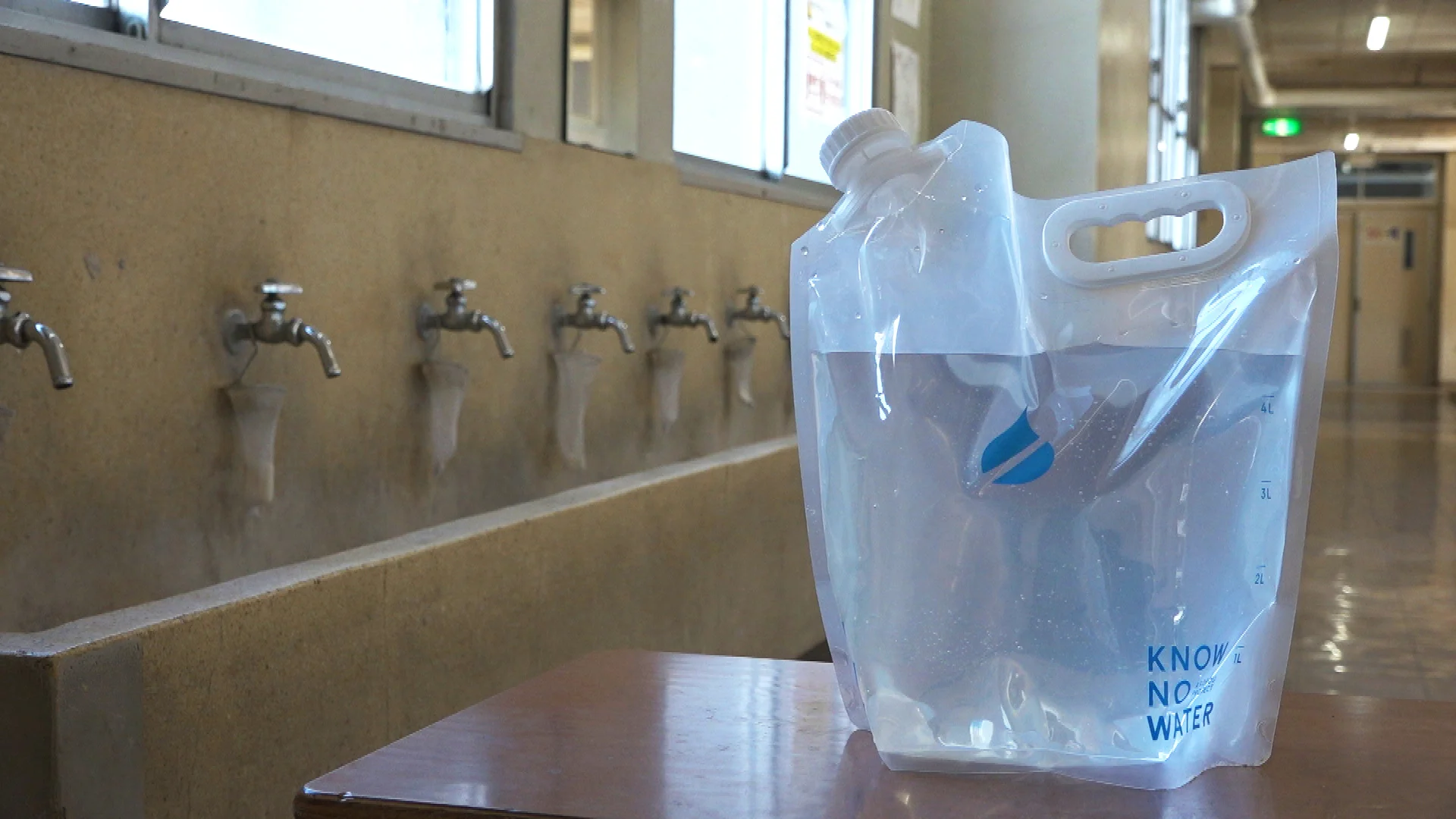
Know No Water
How many of us are actually aware of the amount of water we need to live each day? It was from this question that the program Know No Water was born, as it seeks to use a 5-liter water bag to get people thinking about how to best use and conserve water when considering things such as washing our hands or dishes or brushing our teeth. The original water bag was designed by NOSIGNER.
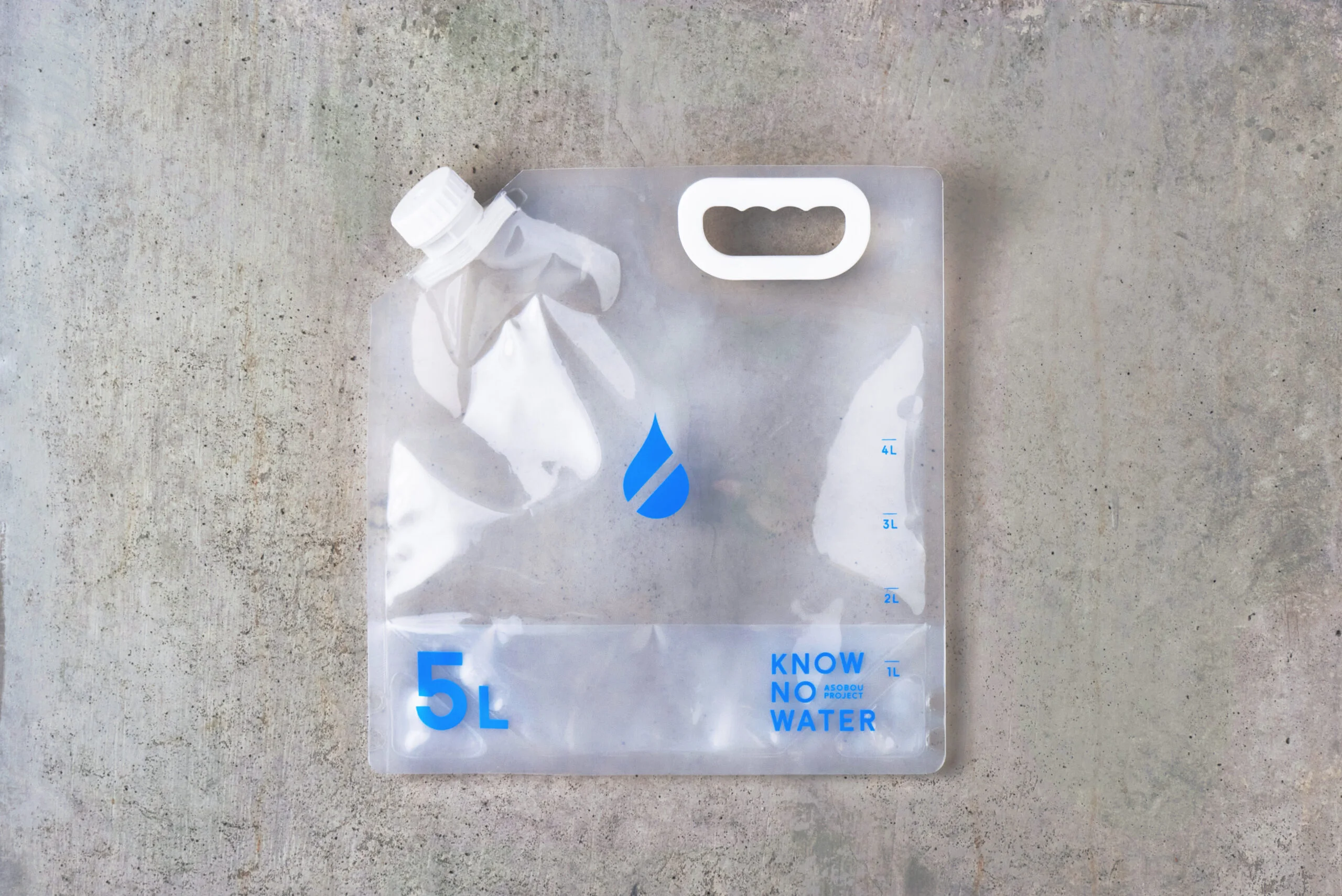
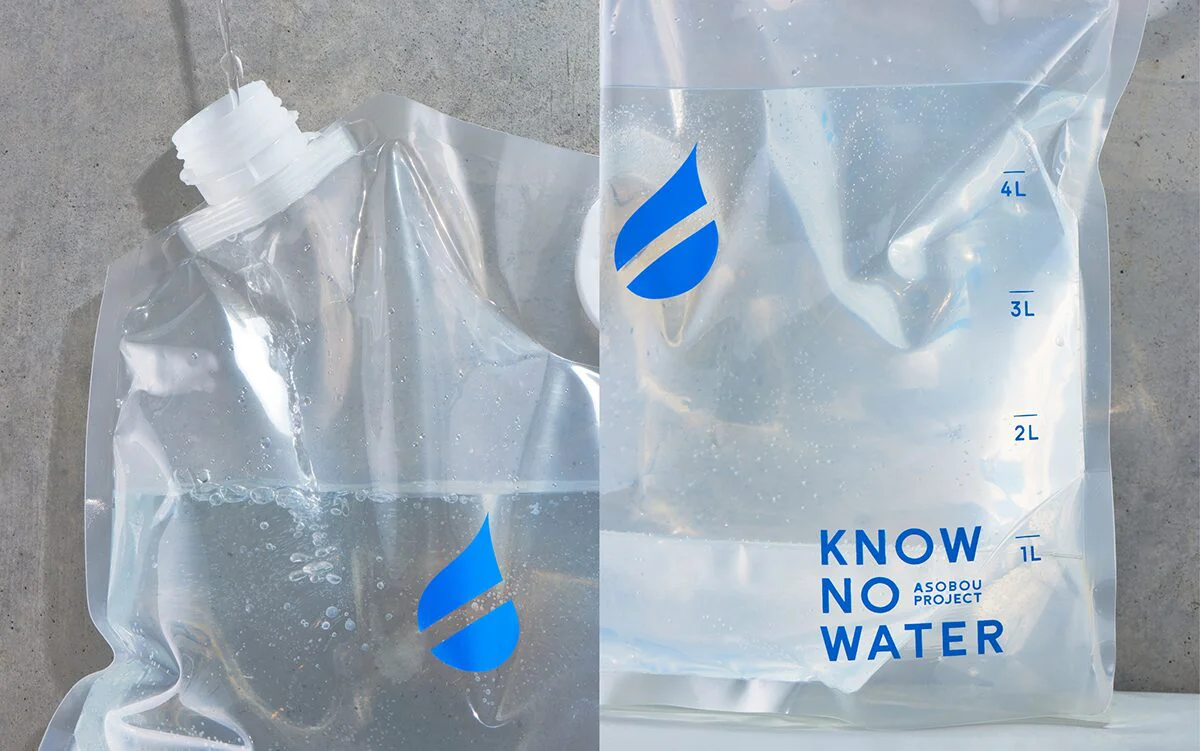

Deserted Island Feast
When all lifelines have been cut off, we still need to be able to eat in order to survive. Deserted Island Feast is a program that mimics the circumstances of being marooned on an island to represent a post-disaster world where infrastructure has come to a halt and teaches people how to work with limited resources to create a satisfying meal. As consuming raw meats or vegetables is not allowed, participants must figure out how to prepare food without the aid of modern conveniences such as a microwave or portable gas stoves. Using dried or canned foods and other available items, they must create a delicious meal while also taking into account a limited water supply which will be needed for cleaning up. Through creative ingenuity, participants acquire cooking skills that are effective towards disaster response preparation.
Spreading the Love ~You Will Be Missed if You Die~
No one understands the true value of someone’s life until that fateful day. Spreading the Love is a program that gets people to think about the importance of life, starting by considering the lives of those around them. By sharing compliments with fellow participants, bonds of trust are strengthened to prepare for the event when they may need to rely on each other. Participants roll original dice and praise another member according to the number they land on. The aim is to make people aware of the value of each and every individual and to become more conscious of disaster response preparation measures.
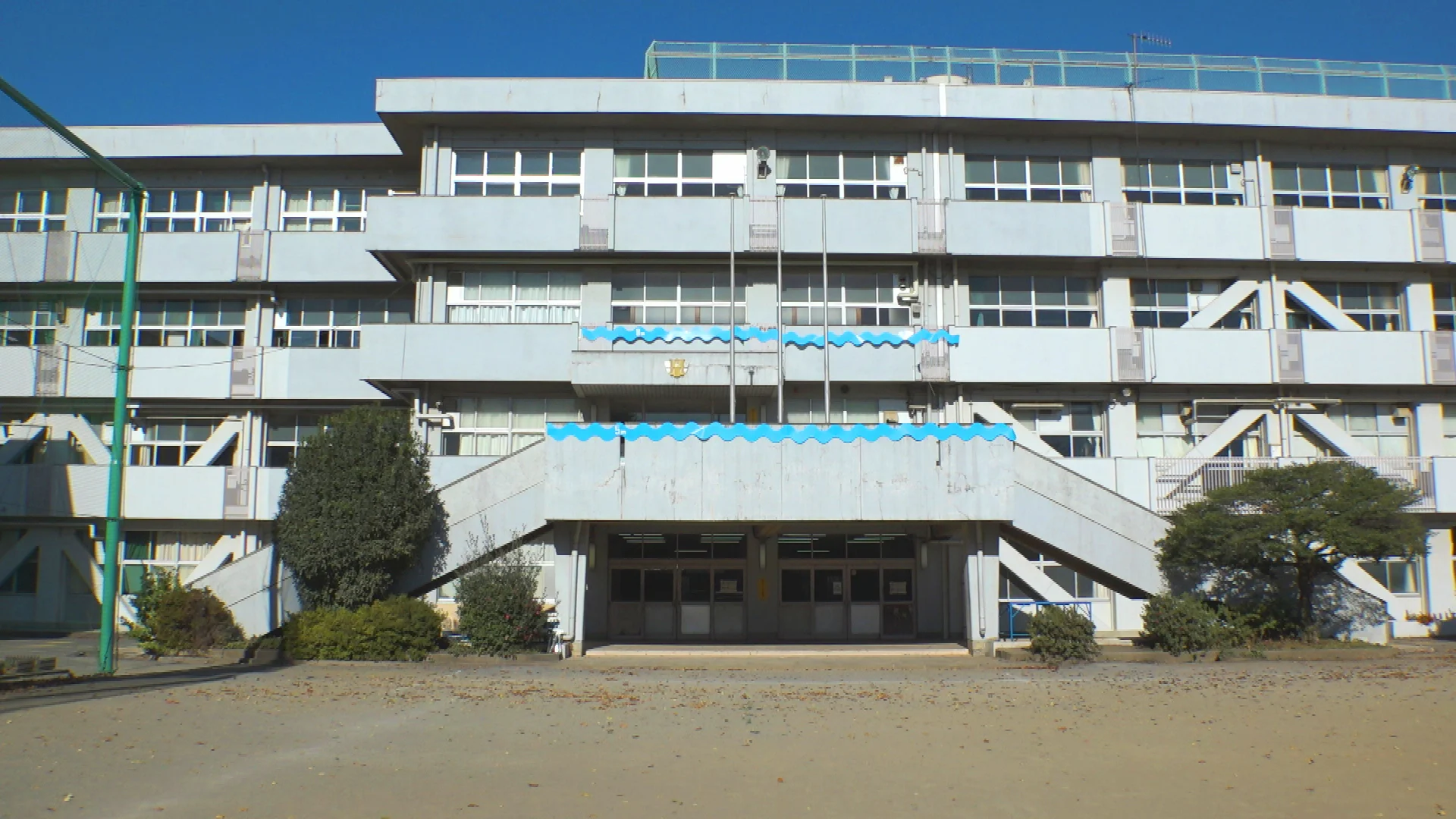
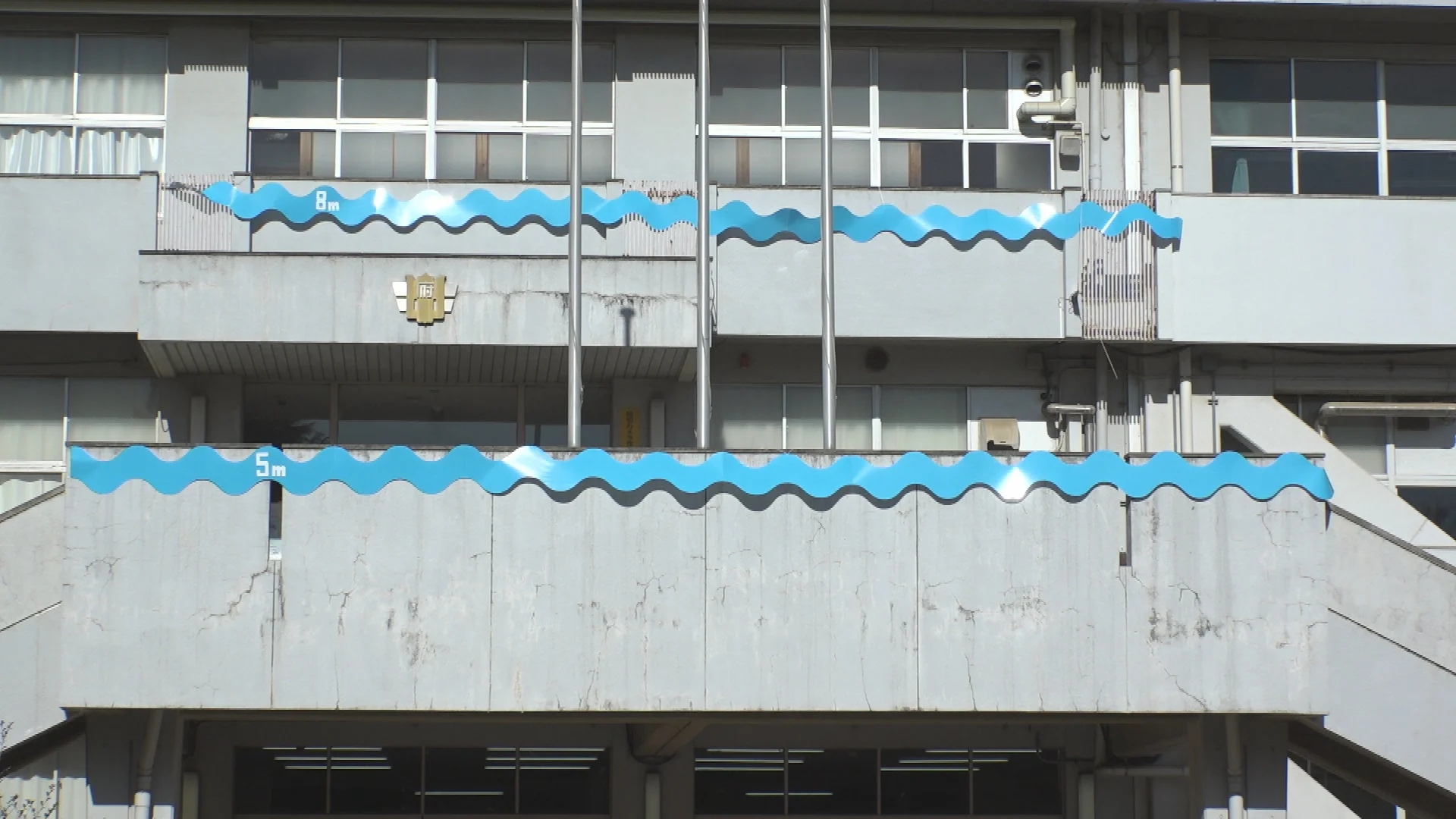
Escape Together MACHINAMI
Are you aware of the level of danger from water damage in the city where you live? MACHINAMI is a program that provides visualizations of flood hazard map information throughout cities. Based on the Ministry of Land, Infrastructure, Transport and Tourism’s “Marugoto Machi-Goto Hazard Map” policy, blue tape is used throughout a city to indicate water heights in the event of flooding. Along with narratives from junior high school students that are posted around the city to serve as warnings, we can create towns and cities where high-risk areas are clearly marked and people can intuitively visualize anticipated damage. This project was designed by NOSIGNER.
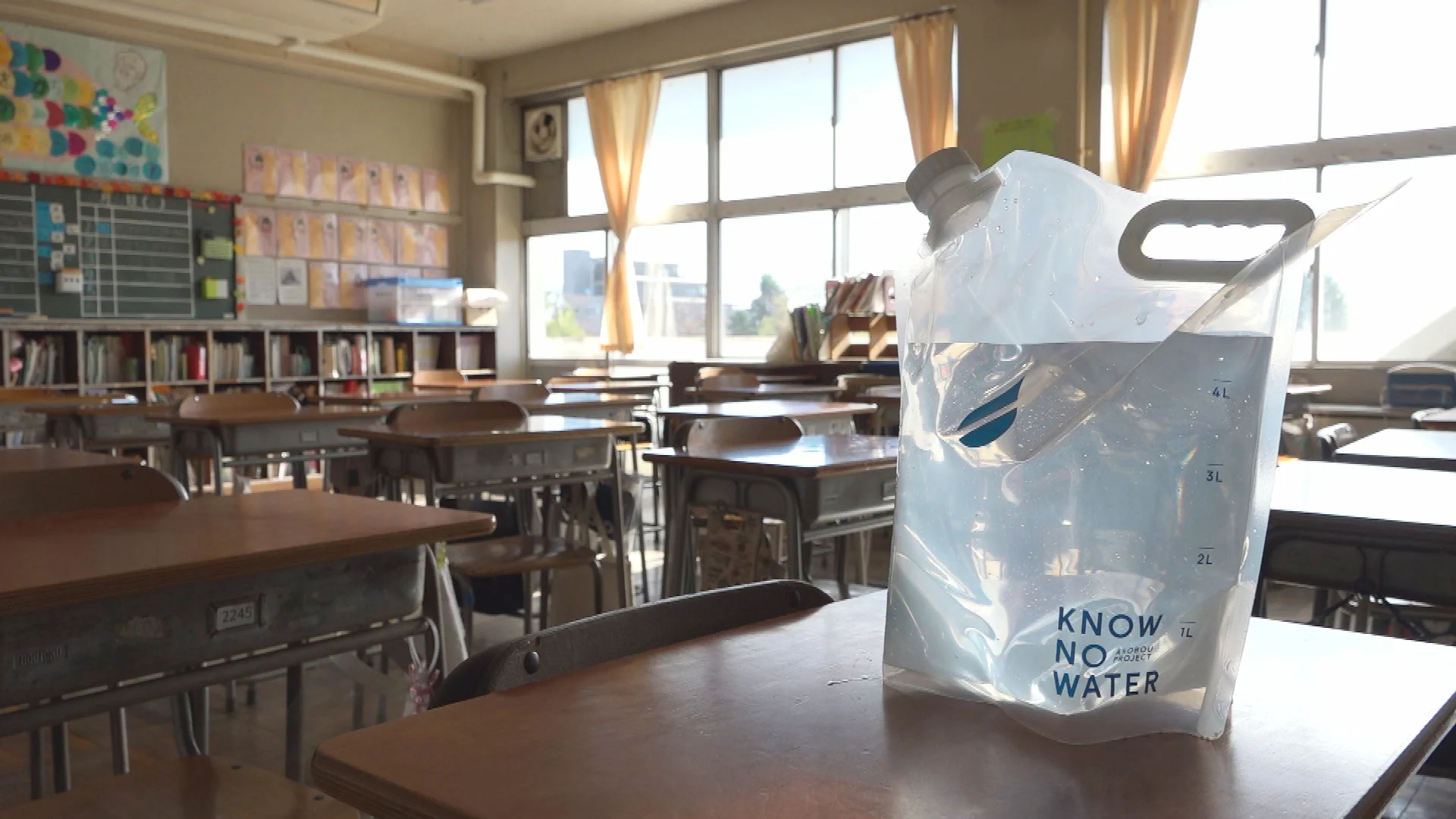
WILL
Learn through fun to create new standards in disaster response preparation.
The “PLAY-BOU!” disaster response preparation programs were implemented at Fuchu City’s Daini Junior High School in Tokyo, where students were captured on camera having fun while learning essential information. Furthermore, with 2021 marking the 10-year anniversary of the Great East Japan Earthquake, NHK’s The Directhon also did a one-hour special featuring “PLAY-BOU!”. The project received a great response, and the contents of the four disaster drills are continuously introduced in the station’s five-minute program “Mirai Switch”.
In recent years, issues surrounding climate change and COVID-19 have made the need for disaster prevention, response, and mitigation greater than ever before. It is with this in mind that we have been working with participating members to develop a curriculum for “PLAY-BOU!” that can be implemented in schools across the country as the new standard for disaster response training. Our mission is to have our learning-through-fun method become the nationwide norm when it comes to teaching about disaster response as well as increase the number of people who can encourage and support one another during times of need.
INFORMATION
- What
- PLAY-BOU!
- When
- 2021
- Where
- Japan
- Client
- Scope
- Logo / Product / Photograph / Concept Development
- SDGs
CREDIT
- Creative Education
- Eisuke Tachikawa
- Concept Development
- World (Group of grown up Ex-junior high students in Tohoku 2011)
- Graphic Design
- NOSIGNER (Eisuke Tachikawa, Yuko Koike)
- Product Photograph
- CCDN (Yuichi Hisatsugu)
- Shooting Scene Photograph
